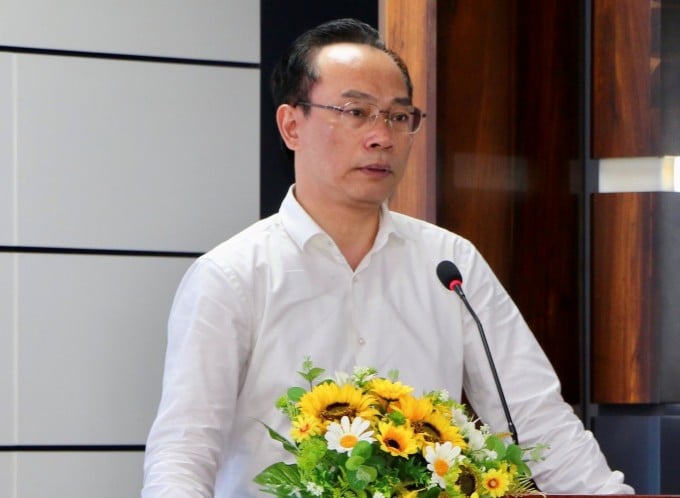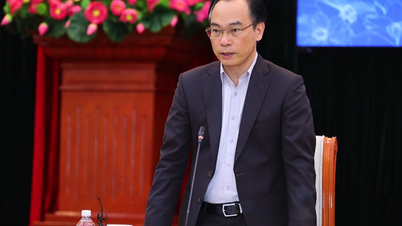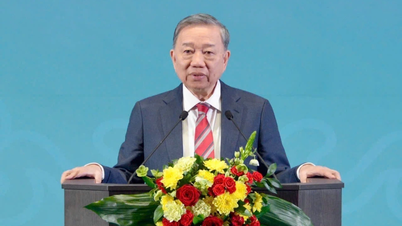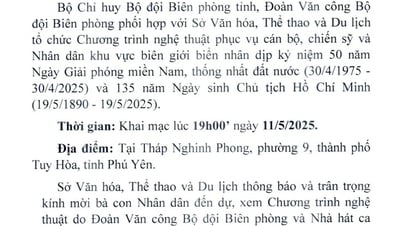The country has nearly 100 schools training doctoral degrees, quite a lot but not effective, according to Deputy Minister of Education and Training Hoang Minh Son.
At the discussion session on the draft Circular on promulgating the Standards for Higher Education Institutions in Ho Chi Minh City on the afternoon of July 31, many opinions were concerned about the criteria for the ratio of lecturers with doctoral degrees to the number of full-time lecturers of a training institution. This ratio is different between schools that do and do not train doctors.
Specifically, by 2025, universities must have at least 25% of their lecturers holding doctoral degrees. For schools that offer doctoral training, this rate must be 50%.
Associate Professor Dr. Tran Thi My Dieu, Principal of Van Lang University, and Associate Professor Dr. Ngo Quoc Dat, Vice Principal in charge of Ho Chi Minh City University of Medicine and Pharmacy, said that this ratio is unreasonable.
Ms. Dieu and Mr. Dat proposed calculating the ratio of PhDs by field instead of calculating the whole school. In addition, Mr. Dat suggested that with the characteristics of the medical field, lecturers who are specialist II doctors should be considered equivalent to PhDs when calculating the ratio of lecturers.
In response, Deputy Minister Hoang Minh Son said one of the purposes of developing a set of standards for higher education institutions is to serve the planning and arrangement of the university network. In particular, universities need to be divided into institutions with or without doctoral training, similar to what the state of California (USA) is doing.

Deputy Minister Hoang Minh Son at the discussion on the afternoon of July 31. Photo: Le Nguyen
According to him, the country currently has too many doctoral training institutions, without concentrating resources, so the quality is uneven. The number of doctoral students in Vietnam is very low compared to the world but is dispersed across many higher education institutions. He gave an example of multidisciplinary training schools, up to 50 undergraduate majors but only 2-3 majors training at doctoral level, which is both ineffective and difficult to ensure quality.
"Because of insufficient resources, especially not linked to research, the quality is low, the quantity is small, and does not meet the requirements," said Mr. Son, adding that about 30-40% of the facilities train PhDs, such a number is quite large and ineffective. According to statistics, there are currently more than 240 universities nationwide.
Therefore, the Ministry of Education and Training must plan and raise standards so that schools can clearly define their missions and training segments, clarify how many schools are allowed to train PhDs, and the rest only train bachelors to masters, only then can quality be ensured.
"The Ministry must be determined. Not every school can train PhDs," Mr. Son said, adding that the number of universities that train PhDs could be reduced to 20 or 30 percent.
According to the Ministry of Education and Training, in the past two years, the number of graduate and doctoral students has "decreased significantly".
For the doctoral level, in the 2019-2020 academic year, the total training target was more than 5,100 doctoral students, but the entire system only recruited 25% of the target. This rate in the 2020-2021 academic year is about 34.3%.
Le Nguyen
Source link







































































































Comment (0)